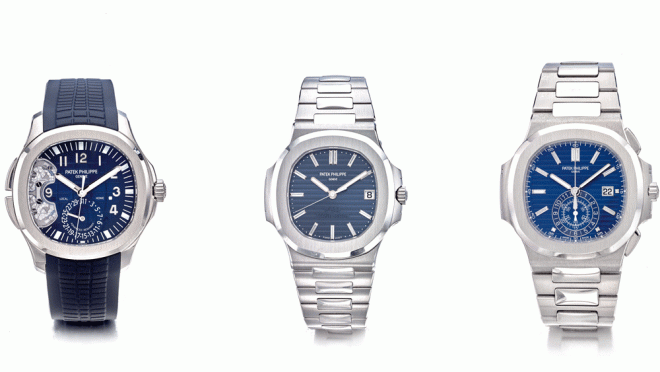Launch of Rolex’s first moonphase in 50 years is proof that the complication is coming back into fas

Rolex doesn’t do dress watches; it makes tools, timekeeping devices you could take to the bottom of the Mariana Trench or to the top of Everest, rather than something designed to sit elegantly under a shirt cuff.
Or rather it didn’t until 2014, when it launched the Cellini line. With its classic lines and the word “Geneve” stamped on the dial, this was Rolex’s way of reminding the watch world that it could do haute horlogerie, too. When it added the moonphase to the collection at Baselworld this year, it was greeted with a standing ovation.
Enthusiasts who probably have the iconic crown tattooed above their heart were hailing it as a successor to the Padellone (ref 8171) and the Oyster Moonphase Star Dial Stelline (ref 6202). Both are incredible vintage pieces with triple calendar complications dating from the 1950s, and they fetch fortunes at auction; they are also the last time a moonphase was seen on a dial bearing the Rolex name.
" It’s never going to help you to boil an egg like a chronograph,
or counter the effects of gravity the way a Tourbillon will, but the
moonphase holds a special allure "
There is no denying the Cellini Moonphase is a beautifully restrained piece of watchmaking. The dial is white lacquer, while the date and seconds chapter rings allow the moonphase, with its meteorite lunar disc, to take centre stage.
It even has a tiny gold arrow at the top of the sub dial so you can precisely ascertain where you are in the lunar cycle. It is accurate for the next 122 years and the calibre 3195 it houses has a five-year guarantee to vary by a maximum of -2/+2 seconds a day for five years. All impressive but it is the lunar complication that marks it out as something special.

The moon has been a constant in our timekeeping for around 34,000 years. Lunar calendars were used by ancient civilisations and were developed by the Egyptians until Julius Caesar demanded the creation of the Julian calendar in 46 BC. His calendar, and the Gregorian one that followed, were designed to approximate a tropical (or solar) year, with additions of leap years to keep things in sync. For the Western civilisations that adopted this as their civil calendar, measuring their lives by the moon’s phases became redundant. However, that didn’t stop people from finding ways to chart this celestial body’s path across the sky.
It’s thought that the ancient Greek Antikythera mechanism, the first analogue computer and orrery dating back to 100BC, was able to measure the moon’s cycle. Fast-forward 600 years to the 16th century, and the moonphase complication as we know it appeared on grandfather clocks to allow wealthy adventurers to plan journeys at night. From there it was downsized to fit onto pocket watches and eventually migrated onto wrist watches, where, although no longer relevant as a guide, it served as a reminder of the history of timekeeping.
In men’s watches, it has most often been combined with a perpetual calendar, although recent iterations have seen standalone moonphase complications.
Montblanc has several men’s lunar timepieces in its oeuvre, the most interesting of which is the Star Twin Moonphase featuring a distinctive double moon indication. Most watches show how the moon looks in the Northern hemisphere but ignore that everything is mirrored in the Southern hemisphere. This watch seeks to correct that bias as well as indicating the moon’s age in days along the periphery of the subdial.

Taking a more traditional but no less desirable approach is Baume & Mercier, which put the complication in the vintage stylings of its Clifton collection, alongside day, date and month indications. Patek Philippe meanwhile, goes one further than a complication featuring the moon, adding the stars to boot. Sky Moon Tourbillon 6002G is an ornately decorated and inordinately expensive timepiece with not only a moonphase (and a minute repeater, and a tourbillon), also the northern night sky described on a 42mm disc on the reverse side, complete with the meridian passages of Sirius (the sky’s brightest star).
And finally, we have Cartier, which this year put an oversized moonphase on the latest iteration of the iconic Drive de Cartier. As a design, it’s the epitome of an old-school masculine dress watch, despite a complication many would deem whimsical and feminine.
Granted, it’s never going to help you to boil an egg like a chronograph could, or counter the effects of gravity the way a tourbillon will, but just as ancient civilisations couldn’t escape the allure of the moon, it seems that neither can modern man.










